In the bustling world of coffee and culinary delights, a cafe homepage is your digital aroma – the inviting scent that draws in new customers, the warm glow that welcomes regulars, and the efficient counter where orders are placed. It’s far more than just an online menu; it’s the digital embodiment of your cafe’s unique atmosphere, quality offerings, and vibrant community spirit. A compelling cafe homepage doesn’t just display coffee and pastries; it evokes sensory experiences, builds anticipation, and provides seamless access for clients to explore, order, and connect.
This comprehensive guide will illuminate the path to creating an impactful cafe homepage. We’ll explore why a strong online platform is indispensable for every coffee shop, delve into the essential features that capture attention and drive foot traffic or online orders, offer strategic content ideas to build a loyal following, and outline best practices for design and usability. We’ll also provide inspiring conceptual examples of what makes a cafe homepage truly excel, helping you to craft an online presence that is as delightful and memorable as your favorite brew.
Why Every Cafe Needs a Powerful Homepage
In a market driven by experience, convenience, and local discovery, a robust homepage offers distinct advantages for any cafe:
- First Impressions & Brand Identity: Your homepage is often the first interaction a potential customer has with your cafe. A professional, visually appealing, and user-friendly site immediately conveys your brand’s aesthetic, quality, and unique atmosphere.
- 24/7 Online Ordering: This is paramount for modern cafes. Customers expect the convenience of ordering ahead for pickup or delivery, significantly boosting sales and reducing wait times.
- Showcasing Menu & Specials: Visually display your signature drinks, delicious food items, and daily specials with mouth-watering photography.
- Highlighting Ambiance & Space: Use high-quality photos and virtual tours to give a sense of your cafe’s interior, seating, and overall vibe, inviting customers to visit.
- Attracting New Customers (Local SEO): An optimized homepage helps your cafe appear prominently in local search results (e.g., “coffee shop near me,” “best brunch [your city]”), driving organic traffic and new customer acquisition.
- Building Trust & Community: Showcase customer testimonials, barista spotlights, and your cafe’s story to build rapport and foster a loyal community.
- Promotions & Events: Easily share special offers, seasonal menus, live music nights, or community events.
- Reduced Phone Calls: Online menus, FAQs, and ordering systems reduce the number of phone calls for basic inquiries, allowing your staff to focus on in-cafe service.
Key Features of an Effective Cafe Homepage
A successful cafe homepage is a delightful blend of visual appeal, practical functionality, and clear, inviting information. Here are the essential features to consider:
- High-Impact Hero Section:
- Stunning Visuals: A captivating, high-resolution image or short video of coffee being poured, latte art, delicious pastries, or the cafe’s inviting interior.
- Clear Headline: A concise, benefit-driven headline that immediately communicates your cafe’s unique selling proposition (e.g., “Your Daily Dose of Delicious,” “Craft Coffee & Cozy Vibes”).
- Primary Call-to-Action (CTA): A prominent, contrasting button (e.g., “Order Online,” “View Menu,” “Visit Us”) placed above the fold.
- Prominent Online Ordering / Reservation System:
- Seamless Integration: Integrate directly with your POS system (e.g., Toast, Square, Clover) or a dedicated online ordering platform (e.g., DoorDash, Uber Eats, Grubhub for delivery, or custom pickup).
- User-Friendly Flow: Easy for customers to browse, customize, and place orders for pickup or delivery, or make table reservations.
- “Order Now” / “Reserve Table” CTAs: Highly visible and accessible.
- Interactive Menu Showcase:
- Visuals First: Use mouth-watering photos for popular items.
- Clear Categories: Organize menu items logically (e.g., “Coffee,” “Espresso,” “Tea,” “Pastries,” “Breakfast,” “Lunch”).
- Brief Descriptions: Highlight key ingredients or unique flavors.
- Pricing: Clearly state prices.
- Dietary Information: Icons or notes for vegetarian, vegan, gluten-free options.
- “Our Story” / “About Us” Section:
- Personal Touch: A concise, engaging narrative about the cafe’s origin, philosophy, commitment to quality, and what makes it special.
- Team Photos: Introduce the owners, baristas, or chefs to build connection.
- Sourcing Information: If applicable, highlight ethical sourcing of beans or local ingredients.
- Atmosphere & Gallery:
- Interior Photos: High-quality photos showcasing the cafe’s seating, decor, and overall ambiance.
- Customer Photos: (with consent) Photos of happy customers enjoying their time in the cafe.
- Virtual Tour (Optional): A 360° virtual tour to allow potential customers to “walk through” the space.
- Location & Hours:
- Clear Display: Cafe address, phone number, and detailed operating hours (including holidays).
- Embedded Map: A Google Map for easy directions.
- Parking Information: If relevant, mention parking availability.
- Customer Testimonials & Reviews:
- Prominent Display: Feature glowing reviews on the homepage or a dedicated “Reviews” page.
- Authenticity: Include customer names (first name and initial of last name for privacy) and, if possible, a photo.
- Integration: Link to or embed reviews from Google My Business, Yelp, or TripAdvisor.
- Special Offers & Events:
- A dedicated section or banner for current promotions (e.g., “Happy Hour,” “Loyalty Program Signup”), seasonal specials, or upcoming events (e.g., open mic night, coffee tasting).
- Social Media Integration:
- Mobile Responsiveness:
- Crucial: The vast majority of customers will access your homepage on their smartphones. Ensure it adapts and looks flawless on all devices.
- Search Engine Optimization (SEO):
- Local SEO: Optimize for keywords like “coffee shop near me,” “cafe [your city],” “brunch spot [your neighborhood].”
- Fast Loading Times: Optimize images and videos for speed.
- Secure (HTTPS): Essential for trust and search rankings.
Content Ideas for Your Cafe Homepage
Engaging content is key to attracting and retaining customers, building a strong community:
- “Barista’s Pick” Feature: Highlight a rotating special drink or food item chosen by a barista, with a short blurb about why they love it.
- Seasonal Menu Highlights: Visually showcase limited-time drinks or food items that align with the current season.
- Coffee Bean/Tea Sourcing Story: If you roast your own beans or have unique tea blends, tell the story of their origin and ethical practices.
- Loyalty Program Signup: A clear call-to-action for joining your loyalty program with a brief overview of benefits.
- Catering Services: A dedicated section or link if your cafe offers catering for events.
- Merchandise Showcase: Display branded mugs, coffee beans, or other merchandise available for purchase.
- “How We Brew” Video: A short, engaging video demonstrating your coffee-making process or a signature drink.
- Community Board/Events: A section for local announcements or a calendar of cafe-hosted events.
- Gift Card Purchase Option: Allow customers to easily buy digital or physical gift cards.
Best Practices for Design & Usability
Your homepage’s design should be as inviting, warm, and efficient as your cafe itself.
- Visually Appetizing: Use high-quality, professional photography of your food, drinks, and interior. Visuals should make visitors hungry and eager to visit.
- Warm & Inviting Aesthetic: Avoid harsh colors or cluttered layouts. Use a color palette that evokes comfort, warmth, and the sensory experience of coffee (e.g., browns, creams, muted greens, pops of vibrant color).
- Intuitive Navigation: Make it incredibly easy for visitors to find the menu, order online, check hours, or find your location. “Order Now” and “View Menu” buttons should be highly visible.
- Fast Loading Times: Optimize all multimedia content. Customers will leave a slow site, especially when they’re hungry or need a coffee fix.
- Mobile-First Design: Design with smartphones in mind first, then scale up for larger screens, as most customers will browse on mobile.
- Strong Branding: Ensure your logo, colors, fonts, and overall visual style are consistent with your cafe’s physical appearance and marketing materials.
- Clear Calls-to-Action: Guide visitors with prominent buttons for ordering, viewing the menu, or visiting.
- Accessibility: Ensure your homepage is usable by everyone, including those with disabilities (e.g., good color contrast, alt text for images, clear font sizes).
- Regular Updates: Keep your menu fresh, update specials, add new photos, and announce events to show your cafe is vibrant and current.
Platforms for Building a Cafe Website
Several user-friendly platforms are ideal for creating a professional cafe homepage:
- Website Builders with Integrated Ordering/Booking:
- Wix: Offers a user-friendly drag-and-drop interface, many professional templates (including those for restaurants/cafes), and its own integrated Wix Restaurants system for online ordering and reservations. Excellent for visual appeal and ease of use.
- Squarespace: Known for its stunning, minimalist templates and strong visual capabilities, ideal for showcasing food and ambiance. Integrates with Squarespace Scheduling (formerly Acuity Scheduling) and offers e-commerce for merchandise.
- GoDaddy Website Builder: Simple to use, includes built-in online ordering and contact forms. Good for quick setup.
- Weebly: Another intuitive drag-and-drop builder, suitable for creating professional sites with integrated ordering options.
- POS Systems with Online Ordering/Website Features:
- Toast: A comprehensive restaurant POS system that includes robust online ordering, loyalty programs, and often a customizable website.
- Square for Restaurants: Offers online ordering, delivery management, and a customizable ordering page that can serve as a simple website.
- Clover: Provides POS systems with online ordering capabilities and website integration.
- WordPress (Self-Hosted with Plugins):
- WordPress.org (requires hosting): Offers maximum flexibility and control. You’d use themes designed for restaurants/cafes and plugins for online ordering (e.g., WooCommerce, Restaurant Menu by MotoPress), reservations (e.g., OpenTable widget), and galleries. Steeper learning curve but highly scalable.
Conceptual Examples of Effective Cafe Homepages
Here are 50+ conceptual examples illustrating different approaches and features you’d find on leading cafe homepages, with external links for inspiration on the type of feature or design element:
A. Visual & Sensory Focus
- The “Morning Ritual” Hero Video: A full-width homepage hero section featuring a slow-motion, muted video loop of coffee being brewed, latte art being crafted, or steam rising from a mug, evoking warmth and sensory pleasure.
- Inspiration: See examples of transparent headers with video backgrounds on Wix website templates for restaurants.
- The “Aroma-Inspired Color Palette”: The website’s design uses a warm, earthy color palette (e.g., deep browns, creamy whites, muted greens) that reflects the natural colors of coffee and fresh ingredients.
- Inspiration: Explore color palettes on Coolors or Adobe Color.
- The “Mouth-Watering Food Photography Grid”: A prominent, responsive grid gallery showcasing high-resolution photos of your most popular pastries, sandwiches, and brunch items, making them irresistible.
- Inspiration: Food photography portfolios on Behance.
- The “Latte Art Showcase”: A dedicated section or embedded Instagram feed specifically highlighting your baristas’ impressive latte art creations.
- Inspiration: Search for #latteart on Instagram.
- The “Cozy Interior Gallery”: High-quality photos showcasing the cafe’s inviting seating areas, unique decor, and overall comfortable ambiance, making visitors want to linger.
- Inspiration: Interior design portfolios or hospitality venue galleries.
B. Ordering & Convenience Focus
- The “Sticky ‘Order Now’ Button”: A highly visible, always-present “Order Now” or “Pickup Order” button that remains fixed as the user scrolls, ensuring easy access to online ordering.
- Inspiration: Many e-commerce sites use sticky CTAs. See general examples on UX design blogs about sticky elements.
- The “Express Order Widget”: A small, embeddable widget on the homepage allowing quick selection of a few popular items (e.g., “Latte,” “Croissant”) and immediate addition to cart.
- Inspiration: Embedded ordering widgets from platforms like Toast Online Ordering.
- The “Pre-Order for Pickup” Section: A clear section explaining how customers can order ahead and pick up their items, highlighting convenience and time-saving.
- Inspiration: “Order Ahead” features on fast-casual restaurant apps.
- The “Table Reservation System”: For cafes offering dine-in, a seamless integration with a reservation platform (e.g., OpenTable, Resy) directly on the homepage.
- Inspiration: Restaurant reservation systems like OpenTable.
- The “Loyalty Program Signup CTA”: A prominent call-to-action on the homepage inviting customers to join your loyalty program for rewards and discounts.
- Inspiration: Loyalty program pages from major coffee chains like Starbucks Rewards.
C. Atmosphere & Community Focus
- The “Meet the Baristas” Section: Professional, friendly photos and short bios of your baristas, highlighting their passion for coffee and customer service.
- Inspiration: “Meet the Team” pages of local businesses.
- The “Community Events Calendar”: An embedded calendar showcasing upcoming cafe-hosted events like open mic nights, live music, local artist showcases, or book clubs.
- Inspiration: Event calendars on community websites or local organizations. Consider embedding a Google Calendar.
- The “Customer Photo Wall” (with consent): An interactive gallery featuring photos of happy customers enjoying their time in your cafe, fostering a sense of belonging.
- Inspiration: Social media photo walls or community galleries. For a general idea, consider how Instagram’s embedded feeds work.
- The “Our Story & Values” Narrative: A beautifully written section detailing the cafe’s origin, its commitment to quality, sustainability, or community involvement.
- Inspiration: “Our Story” pages of boutique brands. Consider the brand story of Ben & Jerry’s.
- The “Local Sourcing Spotlight”: If you source local ingredients or beans, a section highlighting your partners and their commitment to quality.
- Inspiration: Farm-to-table restaurant websites.
D. Menu & Product Focus
- The “Interactive Digital Menu”: A menu that allows users to click on items for more details, nutritional information, or customization options, with high-quality photos.
- Inspiration: Digital menu examples from online ordering platforms.
- The “Featured Seasonal Drinks”: A rotating section on the homepage dedicated to showcasing limited-time seasonal beverages (e.g., “Pumpkin Spice Latte,” “Iced Lavender Matcha”).
- Inspiration: Seasonal menu highlights from major coffee chains.
- The “Pastry & Baked Goods Showcase”: A dedicated gallery or section for your freshly baked goods, emphasizing their homemade quality and deliciousness.
- Inspiration: Bakery websites or food blogs focusing on baked goods.
- The “Coffee Bean Selection Guide”: If you sell beans, a section explaining different roasts, origins, and flavor profiles to help customers choose.
- Inspiration: Specialty coffee roaster websites like Blue Bottle Coffee.
- The “Merchandise Store Integration”: A seamless link or embedded section for purchasing branded mugs, t-shirts, or coffee accessories.
- Inspiration: Small e-commerce stores built on platforms like Shopify.
E. Brand & Story Focus
- The “Cafe Philosophy Statement”: A concise, impactful statement on the homepage articulating your cafe’s core belief or unique approach to coffee and community.
- Inspiration: Mission statements on organizational websites.
- The “Sustainability Commitment Page”: If your cafe emphasizes eco-friendly practices, a dedicated page detailing your efforts (e.g., compostable cups, fair trade beans).
- Inspiration: Corporate sustainability reports or eco-conscious brand websites. See Patagonia’s environmental initiatives.
- The “Meet the Roaster” Story: If you roast your own beans, a feature on the roaster, their expertise, and the process.
- Inspiration: Artisan food producer websites.
- The “Architectural Design Story”: If your cafe has unique architecture or interior design, a section discussing the inspiration and features of the space.
- Inspiration: Architectural firm portfolios or interior design blogs.
- The “Press & Accolades” Section: A small section or link to a page showcasing any media mentions, awards, or positive reviews from publications.
- Inspiration: “Press” or “Awards” sections on corporate websites.
F. Unique & Niche Concepts
- The “Coffee Subscription Service”: A prominent section on the homepage promoting your coffee bean subscription service, highlighting benefits and customization.
- Inspiration: Coffee subscription service websites like Trade Coffee.
- The “Virtual Coffee Tasting Experience”: Offer online workshops or guides for brewing coffee at home, potentially with a kit available for purchase.
- Inspiration: Online cooking classes or virtual event platforms.
- The “Barista Training & Workshops”: If your cafe offers training, a section promoting barista workshops or coffee education classes.
- Inspiration: Culinary school websites or workshop booking platforms.
- The “Cafe Soundtrack Integration”: Embed a Spotify or Apple Music playlist of the music played in your cafe, allowing customers to experience the ambiance at home.
- Inspiration: Brand playlists on music streaming services. Many brands create Spotify playlists.
- The “Art Wall / Local Artist Showcase”: If your cafe features local art, a section showcasing the current exhibition and linking to the artists’ profiles.
- Inspiration: Art gallery websites or local artist directories.
G. Advanced & Interactive Elements
- The “Dynamic Daily Specials Board”: A digital board on the homepage that updates automatically with daily food and drink specials.
- Inspiration: Digital menu boards in fast-casual restaurants.
- The “Interactive Map for Multiple Locations”: For cafes with multiple branches, an interactive map allowing users to find the nearest location, hours, and specific menu.
- Inspiration: Store locator maps on retail chain websites.
- The “Customer Feedback Widget”: A small, discreet widget allowing customers to quickly submit feedback about their experience.
- Inspiration: Customer feedback tools like Hotjar.
- The “Live Chat Support”: An integrated live chat feature for immediate customer service or quick questions.
- Inspiration: Live chat services like Intercom or Zendesk Chat.
- The “Nutritional Information Toggle”: On the menu, a toggle button that allows customers to view nutritional facts for each item.
- Inspiration: Fast food chain websites with nutritional calculators.
H. Storytelling & Narrative Driven
- The “Journey of a Bean” Story: An animated or interactive infographic on the homepage illustrating the journey of your coffee beans from farm to cup.
- Inspiration: Interactive data visualizations or explainer videos.
- The “Morning Routine” Lifestyle Photography: A series of curated photos showing people enjoying your coffee and food as part of their ideal morning routine.
- Inspiration: Lifestyle photography in advertising.
- The “Cafe Through the Seasons” Gallery: Photos showcasing your cafe’s ambiance and offerings changing with the seasons (e.g., cozy winter scenes, vibrant summer patio).
- Inspiration: Seasonal marketing campaigns.
- The “Customer Testimonial Video Loop”: A short, continuously playing video in a section of the homepage featuring quick, positive soundbites from happy customers.
- Inspiration: Video testimonials on business websites.
- The “Our Commitment to Quality” Video: A short, professionally produced video explaining your dedication to sourcing, roasting, and brewing the highest quality coffee.
- Inspiration: Brand story videos from food and beverage companies.
I. Accessibility & Inclusivity
- The “Allergen & Dietary Filter”: An easy-to-use filter on the online menu allowing customers to quickly find items that meet their dietary needs (e.g., “Dairy-Free,” “Nut-Free”).
- Inspiration: Restaurant menu apps with allergen filters.
- The “Large Print / High Contrast Mode”: A discreet toggle in the header allowing users to switch to a more accessible visual mode.
- Inspiration: Accessibility widgets from providers like UserWay.
- The “Audio Descriptions for Visuals”: Provide optional audio descriptions for key images or videos for visually impaired users.
- Inspiration: Accessibility features on streaming services.
- The “Clear and Concise Language”: Ensure all menu descriptions and website copy are easy to understand, avoiding overly complex jargon.
- Inspiration: Plain language guidelines.
- The “Keyboard Navigation Support”: Ensure the entire homepage can be navigated using only a keyboard, essential for many assistive technologies.
- Inspiration: Web accessibility guidelines.
J. Growth & Marketing Focused
- The “Email Newsletter Signup”: A prominent form or pop-up inviting visitors to subscribe to your email list for exclusive offers and updates.
- Inspiration: Email marketing signup forms from services like Mailchimp.
- The “Catering & Events Inquiry Form”: A dedicated form for businesses or individuals interested in booking your cafe for catering or private events.
- Inspiration: Catering service websites.
- The “Job Opportunities” Section: A link to a careers page for those interested in joining your team, showcasing your cafe as a great place to work.
- Inspiration: “Careers” pages on company websites.
- The “Wholesale Coffee Inquiry”: If you offer wholesale beans, a dedicated section or form for businesses to inquire about bulk purchases.
- Inspiration: Wholesale sections on coffee roaster websites.
- The “Press Kit” Download: A small link to a downloadable press kit with your logo, high-res photos, and company boilerplate for media inquiries.
- Inspiration: Press sections on corporate websites.
- The “Featured Blog Post Carousel”: A rotating display of your latest blog posts or recipes, encouraging visitors to explore more content.
- Inspiration: Blog sections on food and lifestyle websites.
- The “Seasonal Promotion Banner”: A dynamic banner at the top of the homepage highlighting current seasonal drinks or food items with a direct link to the menu.
- Inspiration: Promotional banners on e-commerce sites.
- The “Online Gift Card Purchase”: A clear and easy process for customers to buy digital or physical gift cards.
- Inspiration: Gift card purchase flows on major retail websites. See Starbucks Gift Cards.
- The “Customer Testimonial Submission Form”: An easy-to-use form where happy customers can quickly submit their written or even video testimonials.
- Inspiration: Feedback forms on service websites or testimonial collection tools.
- The “About the Bean” Interactive Map: An interactive map showing the regions where your coffee beans are sourced, with clickable points revealing details about each farm or co-op.
- Inspiration: Interactive maps on travel or educational websites.
Conclusion
A meticulously designed and strategically implemented cafe homepage is an indispensable asset for any modern coffee shop. It extends your cafe’s reach beyond its physical walls, offering unparalleled convenience through online ordering, showcasing your delicious offerings and inviting ambiance, and building a strong community through engaging content. By investing in a powerful online presence that reflects the quality and unique spirit of your cafe, you can attract new customers, enhance customer loyalty, and ensure your coffee shop continues to thrive in a competitive digital landscape.
Frequently Asked Questions (FAQs)
Q1: What is the most important feature for a cafe homepage?
The most important feature is a prominent and user-friendly online ordering system. Customers prioritize convenience, and the ability to order ahead for pickup or delivery directly from your homepage is crucial for boosting sales and improving customer experience.
Q2: Do I need professional photos for my cafe homepage?
Absolutely yes. Food and drink are highly visual. High-resolution, professional photos of your coffee, latte art, pastries, food items, and the cafe’s interior are essential to make your offerings look appealing and to convey your cafe’s atmosphere.
Q3: Should I include pricing for my menu items on my homepage?
Yes, transparency is key. Clearly listing your menu items with transparent pricing helps customers make informed decisions, reduces phone inquiries, and builds trust. For online ordering, pricing is mandatory.
Q4: How often should I update my cafe homepage?
You should update your homepage regularly. This includes:
- Updating daily/seasonal specials and promotions.
- Adding new menu items or removing old ones.
- Featuring new photos of drinks, food, and cafe life.
- Announcing upcoming events or community initiatives.
- Updating hours or holiday schedules.
Q5: Can a cafe homepage help with local SEO?
Yes, significantly. Optimize your homepage for local keywords (e.g., “coffee shop near me,” “cafe [your city],” “best brunch [your neighborhood]”). Ensure your Google My Business profile is linked and consistent. Fast loading times, mobile responsiveness, and a secure (HTTPS) site also contribute to better local search rankings.
Q6: What’s the best way to showcase my menu on the homepage?
Use a visually driven, interactive menu showcase. Feature high-quality photos of popular items, organize categories clearly, and provide brief, enticing descriptions. Link directly to your full online ordering menu.
Q7: Should I have a blog on my cafe website?
Yes, a blog is highly recommended. It helps with SEO by providing fresh, relevant content for search engines. It also allows you to:
- Share insights into your coffee sourcing or brewing process.
- Offer recipes or food pairings.
- Feature barista spotlights or community stories.
- Announce events or new products, engaging your audience beyond just ordering.

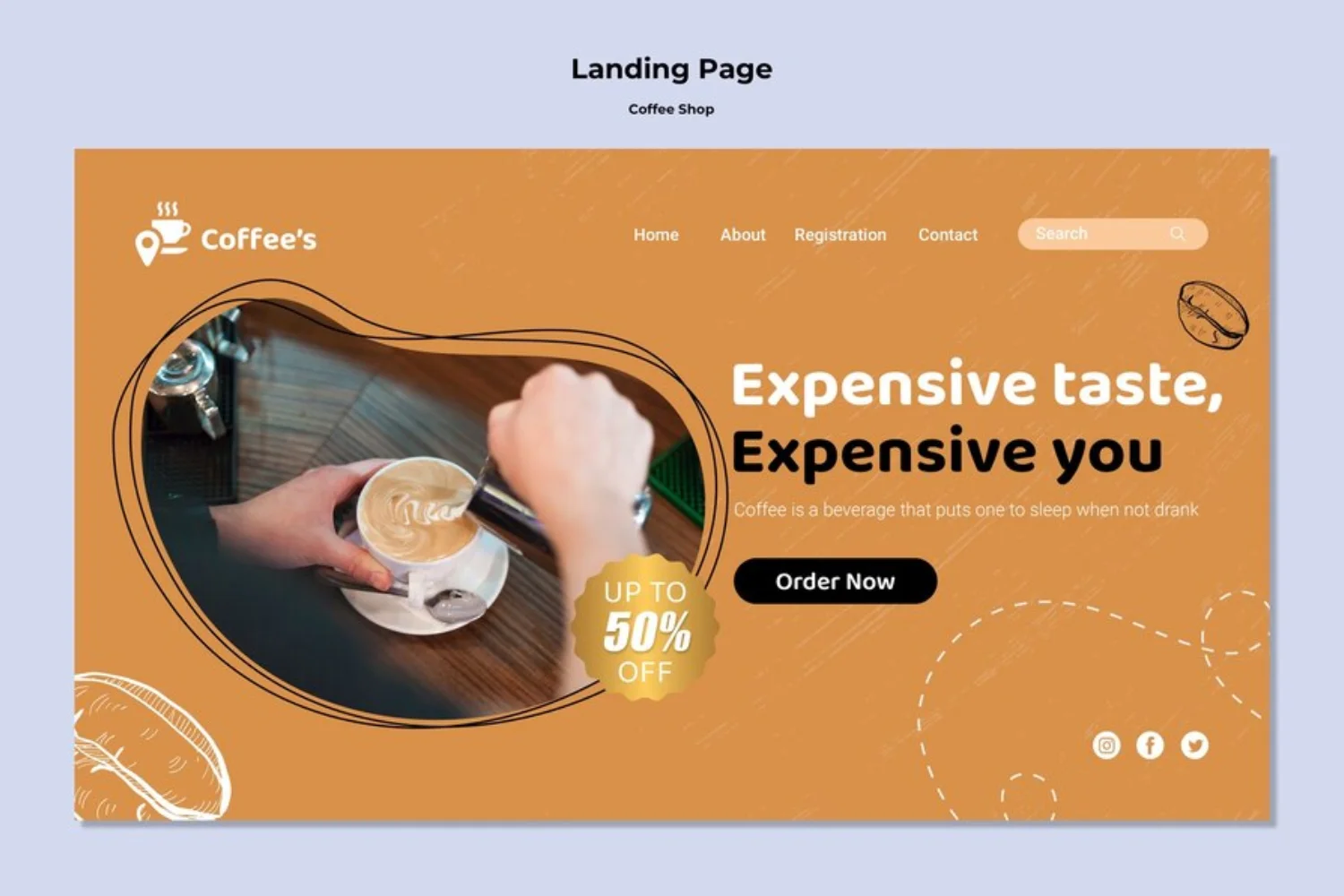
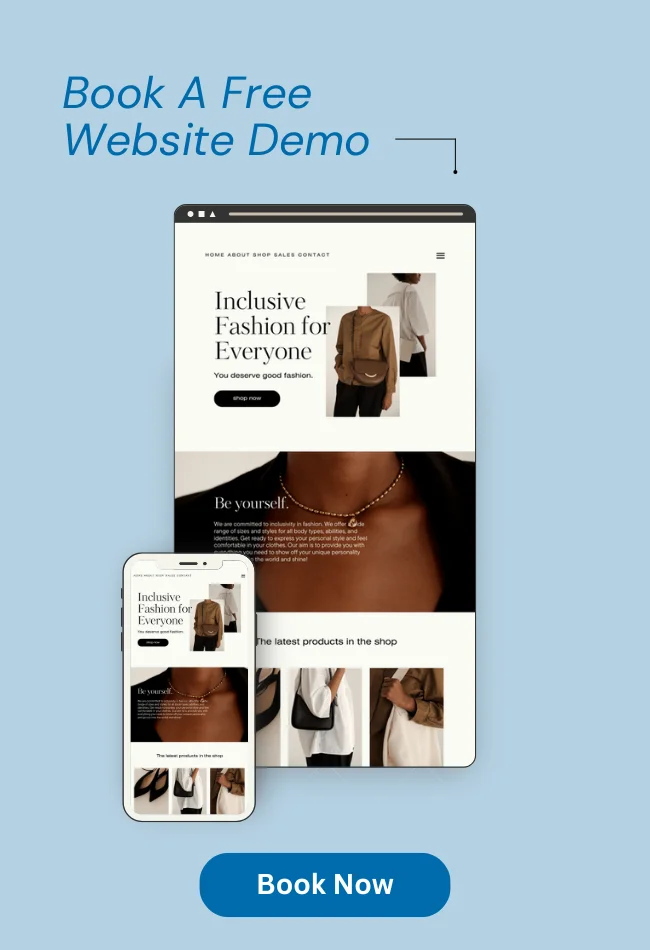


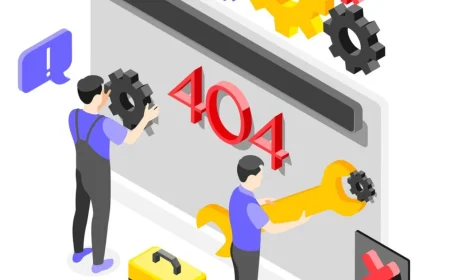
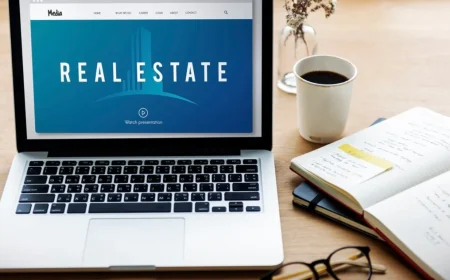
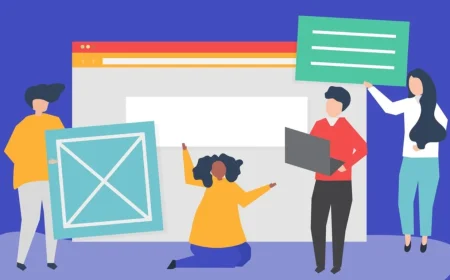


![_iPhone Screen Size & Resolution All iPhone Display Sizes Guide [2025] iPhone Screen Size & Resolution | All iPhone Display Sizes Guide [2025]](https://neefox.com/wp-content/uploads/elementor/thumbs/iPhone-Screen-Size-Resolution-All-iPhone-Display-Sizes-Guide-2025-rgmkelp2h92gpnmfqsmjdkahpn01tobstqqhbrcigg.png)

